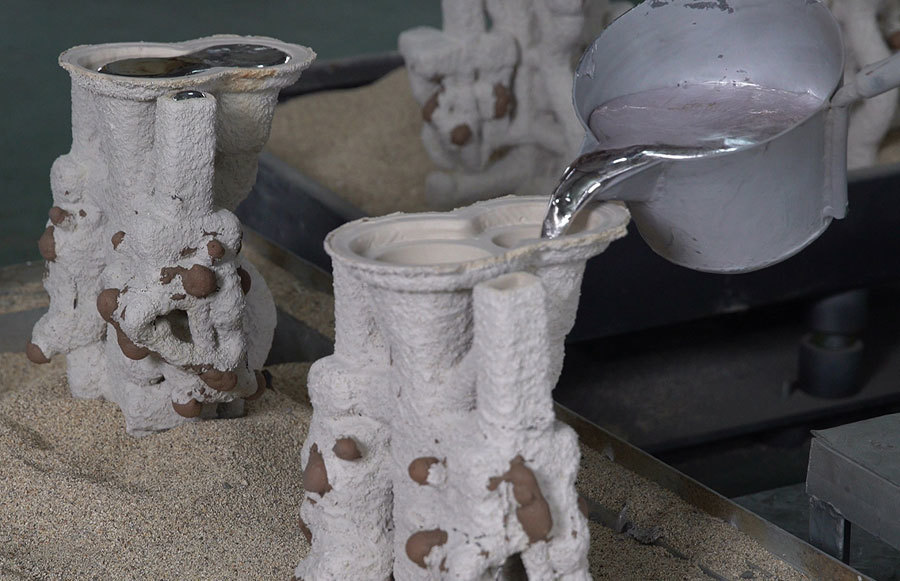Development of Modern Investment Casting

The rapid development of precision casting is achieved through its technological development and technological progress. Great progress has been made in all aspects of the investment casting process. There are also many new materials, new processes and new equipment that have a greater impact on the development of investment casting, such as water-soluble cores, ceramic cores, improved metal materials, and large-scale investment casting technology, titanium alloy investment casting, directional solidification and single crystal casting, filtration technology, hot isostatic pressing, rapid prototyping technology, computer applications in investment casting, and mechanized automation.
The development of technology has made it possible to produce not only small castings, but also larger castings. The outline size of the largest investment casting is close to 2m, while the smallest wall thickness is less than 2mm. At the same time, investment castings are becoming more and more precise. In addition to linear tolerances, parts can also achieve higher geometric tolerances. The surface roughness value of precision castings is getting smaller and smaller, which can reach Ra0.4um.
In addition, due to the improvement of materials and the development of technology, the mechanical properties of castings are getting better and better. Turbine blades are a good example. Due to the progress of materials and technology, the performance of turbine blades has been greatly improved. From the 1960 s to the 1990 s, the materials of turbine blades (American brands) ranged from IN100,B1900 to MM200,MM247, and then developed to PWA1480. At the same time, due to the development of solidification technology, turbine blades have changed from traditional equiaxed crystals (EQ) to directionally solidified columnar crystals (DS), and then expanded to single crystal (SC) blades, making turbine blades more and more important. The operating temperature increased from 980°C to over 1100°C.
The development of titanium alloy investment casting technology has enabled titanium alloys (an important structural material in modern industry) to produce complex and intricate parts such as aircraft engine intermediate casings, compressor casings, and medical implants using the investment casting method. In particular, large-scale integral titanium investment casting castings have appeared, which replace assembly parts, reduce the weight of the machine, extend the service life and achieve good results. According to reports, the largest titanium investment casting wheel hub produced in 1992 weighed 340kg after welding, had a diameter of 1.918m and a height of 0.591m.
Hot isostatic pressing (HIP) technology has been widely used in turbine blade and other investment casting. It uses high temperature and high pressure, and relies on metal creep and plastic deformation to repair defects, such as looseness and thermal cracks inside the casting. After treatment, the density of the casting can reach the theoretical density of the metal, thereby improving performance. Hot isostatic pressing can improve the high temperature and low frequency fatigue performance of nickel-based superalloys, titanium alloys and aluminum alloys by 3 to 10 times; improve the durability of nickel-based superalloys and titanium alloys by more than two times; improve the performance of castings, and reduce the dispersion to the original 1/6.
In order to shorten the production cycle and simplify the process, investment casting is combined with rapid prototyping technology (RPT) that appeared in the 1980 s, using RPT's stereolithography (SLA), selective laser sintering (SLS) and fused deposition manufacturing method (FDM) or layered solid manufacturing (LOM) processes to manufacture plastic, wax and paper prototypes instead of traditional wax molds, or use the direct mold production method (DSPC) process to produce ceramic shells for investment casting production to enhance market competitiveness.
The development of mechanization and automation has broken the old concept of "investment casting process cannot be mechanized. Japan, the United Kingdom and the former Soviet Union have successfully used the investment casting process to produce low-cost automobiles and other civilian parts.
Key words:
Recommend News
Share To




